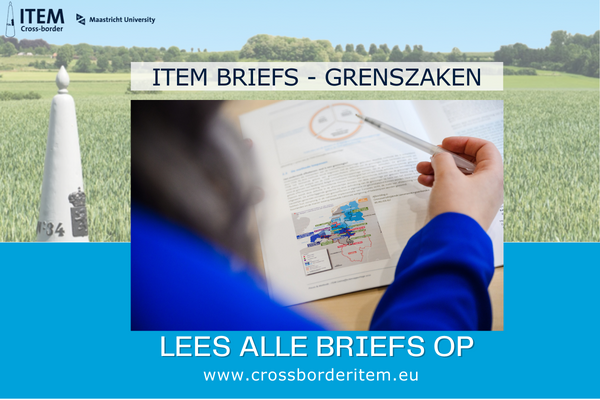Living together with water across borders

Jacqueline de Groot
Strategisch Adviseur
On 16 January, the Dutch minister of Infrastructure and Water Management (IenW) answered parliamentary questions from members of the Standing Committee for Infrastructure, Water Management and the Environment on the interpretation of the national safety policy on primary flood defences, including a cost estimate of the reinforcement task until 2050. The minister extended the question to the costs and benefits of climate adaptation. Current research by the Ministry of the Interior together with IenW should provide a comprehensive overview of the costs and benefits of climate-proofing the built environment in the Netherlands in 2050. Water nuisance, heat and drought due to extreme weather, as well as flooding, subsidence and biodiversity are included.
For years, the Netherlands has managed water in the right direction. Climate changes show that increasingly, the amount of water cannot be stopped (sea level rise, excessive rainfall). Attention to this is important in coastal areas but also in the hinterland. Water enters the Netherlands both from the sea and from rivers via neighbouring countries. The rivers no longer get the water drained sufficiently. This creates unsafe situations in times of high rainfall and drought and low water levels in summer periods. Learning to deal with water differently requires a transition in approach. Only measures on Dutch territory are insufficient to guarantee safety and good “living together” with water. A different perspective is needed: establishing more of a link with the global climate approach, connecting to its European elaboration and proactively picking up cooperation within Northwest Europe. How do we realise this transition in thinking and action?
This requires taking into account how the regional and main water systems interact and influence each other. Long-term approach requires both physical interventions in the water system, adjustment and implementation of policies in spatial planning and working on awareness of residents in relation to new risks of water. Implementing short-term actions is important to take quick steps for water safety. Persistent barriers of national borders need to be broken down, just as water effortlessly crosses national borders. Across borders, leadership and courage must be shown together, as was proclaimed at the Benelux Saturday in late November 2023[1]. European, national, regional and local governments really need to jointly identify costs and benefits for climate-proofing their country, province, municipality or area. Stakeholders on both sides of national borders will then be jointly responsible for vision, plan and implementation. Different governments in the Netherlands, Belgium, Luxembourg, Germany and France will have to work together. Especially here, more floods are expected in the future[2]. Awareness raising and network building is needed to get to know each other and build trust with each other.
A good start is provided by the coalition agreement “Every Limburger counts!”. The Limburg government calls for cooperation with neighbouring regions and European institutions, based on content areas such as water safety and quality. In Limburg, the “Water Safety and Space Limburg” programme works according to the “multi-layer safety” concept. The first layer is prevention: preventing flooding as much as possible. The second involves achieving sustainable spatial planning. The third layer focuses on better (organisational) preparation for a possible flood (disaster management).
The message is therefore to organise collectivity across borders in places where coherence, consideration or coordination between activities is necessary for cross-organisational as well as cross-border measures. Transnational and transregional consultation platforms are crucial in this respect. ITEM’s expertise in multi-level cooperation across borders (horizontal integration) provides insight and can make multi-level platforms actually work.
[1] https://www.benelux.int/nl/post/benelux-waterdag-legt-fundamenten-voor-gecoordineerde-aanpak-voor-overstromingen-op-regionaal-niveau/
[2] https://environment.ec.europa.eu/news/commission-publishes-new-flood-risk-areas-viewer-raise-awareness-about-significant-flood-risks-2023-10-13_en

